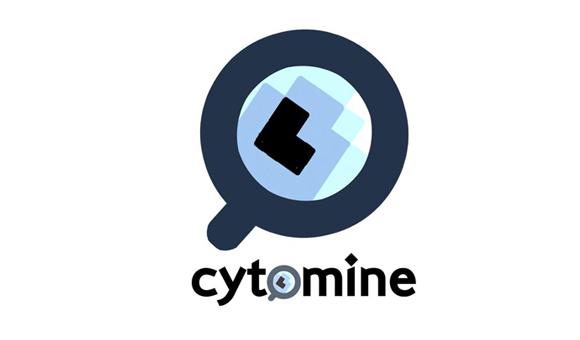
Since 2010, the Cytomine project has been developing free open-source software in order to analyze very high-resolution images. Although their initial focus was on biomedical research, it can actually be used in any area that is linked to digital images. The application enables hundreds of users to share and analyze together the same image, wherever they are in the world.
Grégoire Vincke is one of the Cytomine founders: “The Cytomine principle consists in transforming your Internet navigator into a microscope. Basically, we take a very high definition photo of the object and we enable people to navigate through it, just as you would do it with Google Maps and Earth images. Here, we are doing it with biological sample images”.
Cytomine was developed at the University of Liège (Wallonia). It is the first open-source internet application that focuses on collaborative analysis of biomedical multi-gigapixel images, but it could also be applied to geology or history of art for example. “We noticed that the algorithms that we developed could be used in lots of other areas of application, such as microcracks research in factory parts or cracks research in a work of art. The scope is very wide, as long as it is linked to the image”, adds Grégoire Vincke.
Source : RTBF